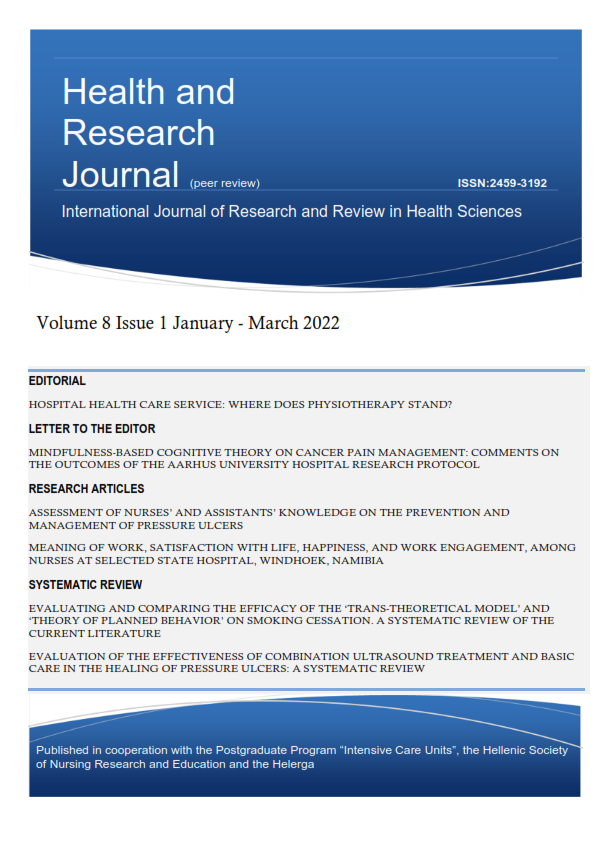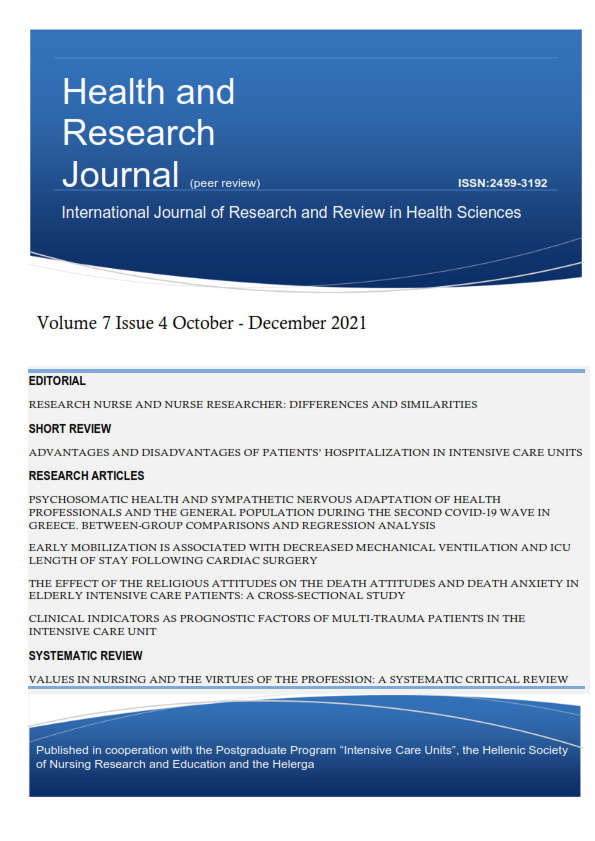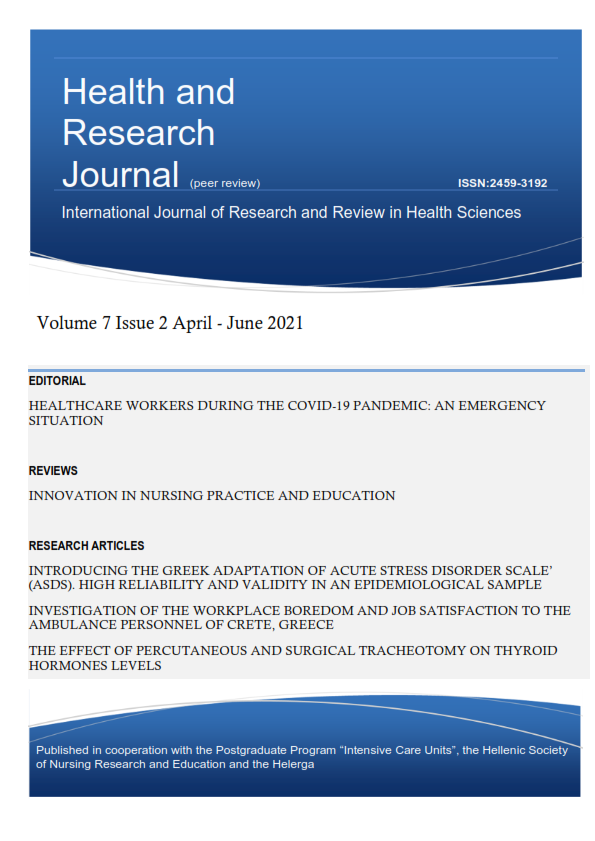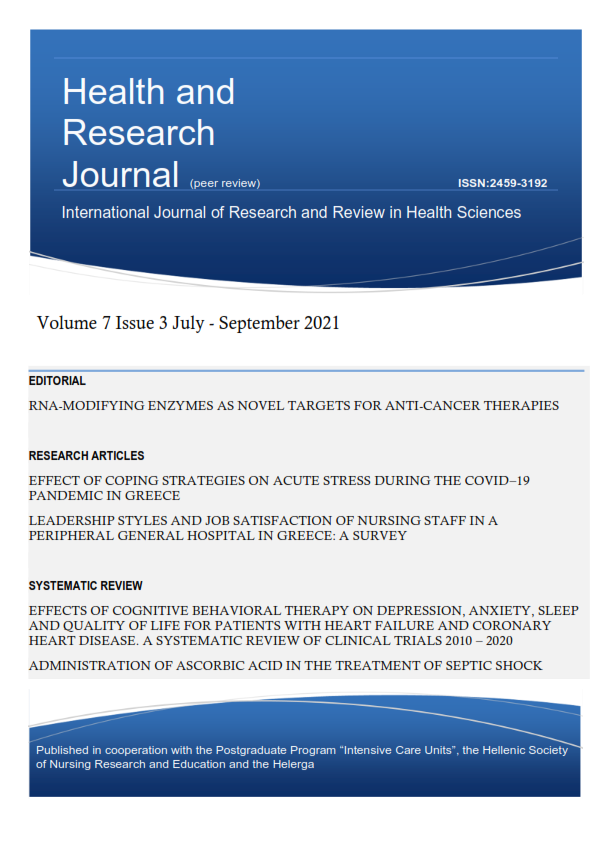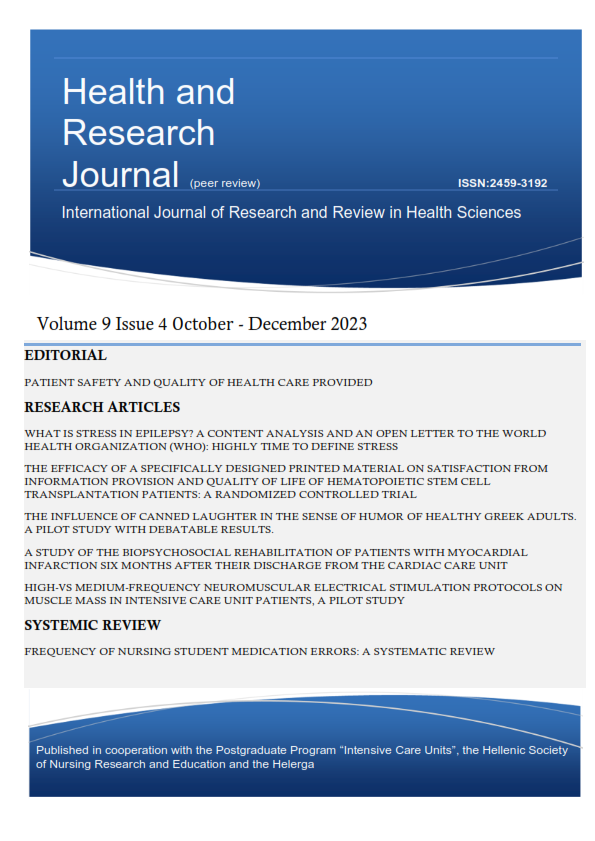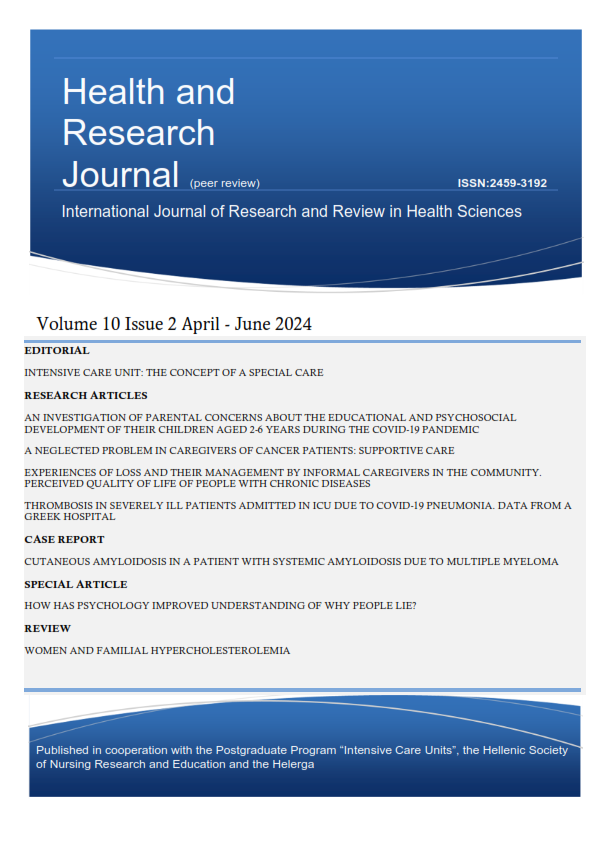Dancers in the Dark: An Interpretative Phenomenological Analysis of the identity perception of female sex workers
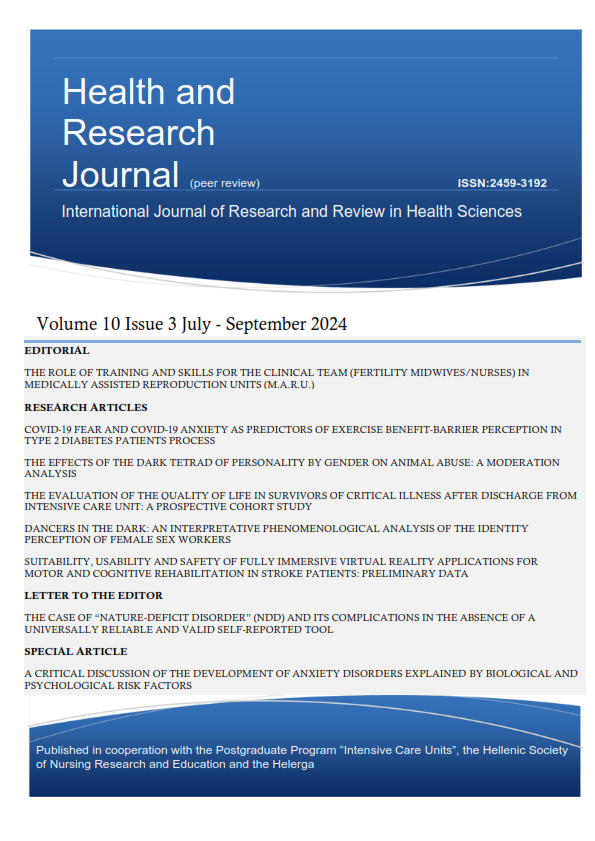
Abstract
Background: Sex workers, particularly those involved in prostitution, face elevated risks of violence and psychological distress. While existing research has focused on harm reduction strategies, limited attention has been given to the psychological protection of sex workers.
Aim: This study explores the concept of a "manufactured identity," a persona constructed exclusively for the workplace, which serves as a defence mechanism for sex workers. The manufactured identity enables them to distance themselves from the intimate nature of their work and shield their true selves from work-related distress. Additionally, it may facilitate better emotional management, a sense of control, and empowerment. Employing an Interpretative Phenomenological Analysis approach, this research aims to gain insights into the objectives and effects of maintaining a manufactured identity among female Greek sex workers and to explore the perspectives of those who reject its presence in their work.
Materila and Methods: Five women who work as sex workers voluntarily participated in the study excluding women who were victims of trafficking. Participants were recruited through professional networks, online forums and advertisements. Three subthemes emerged from the analysis: "Better Control of the Inner World," "The Negative Aspects of a Manufactured Identity," and "The Rewards of a Manufactured Identity."
Results: The findings suggest that a manufactured identity may serve many purposes such as an opportunity for self-expression and not just as a protection strategy. The participants’ narratives also revealed that their work identity, which is empowered and autonomous, enhances their true selves outside of their workplace.
Conclusions: The above findings could challenge common societal interpretations of sex workers as victims. Further research is suggested focusing on the self-expression aspect of sex work, which appears to be a growing phenomenon.
Article Details
- How to Cite
-
Mamalaki, E., Iliopoulou, T., Pilafas, G., & Louka, P. (2024). Dancers in the Dark: An Interpretative Phenomenological Analysis of the identity perception of female sex workers. Health & Research Journal, 10(3), 184–192. https://doi.org/10.12681/healthresj.34954
- Section
- Original Articles
Copyright notice:
The journal "Health and Research Journal" reserves the rights for copyright of the content of the website and also the copyright of the articles published.
By virtue of their appearance in this journal, the articles are free to be used for non-commercial purposes. However, the articles cannot and must not be used in anyway, published elsewhere or modified without any reference to the author and the first publication of the article.




